Lower interest rates in the eurozone and the easing of monetary policy in Poland are expected to revive investment in the real estate market. A noticeable increase in the value of investment transactions in the sector is forecast for later this year.
The European Central Bank’s consistent interest rate cuts, along with the beginning of rate reductions in Poland and across the CEE region, are creating a positive environment for the development of new investments and transactions in the commercial real estate sector. Lower financing costs are improving project profitability and raising valuations, boosting the competitiveness of real estate as an investment asset class. The market anticipates a marked increase in transaction volumes across Europe in the second half of the year, along with heightened investor activity in Poland as monetary policy continues to loosen.
Following a series of rate cuts by the European Central Bank, the eurozone’s refinancing rate has dropped to




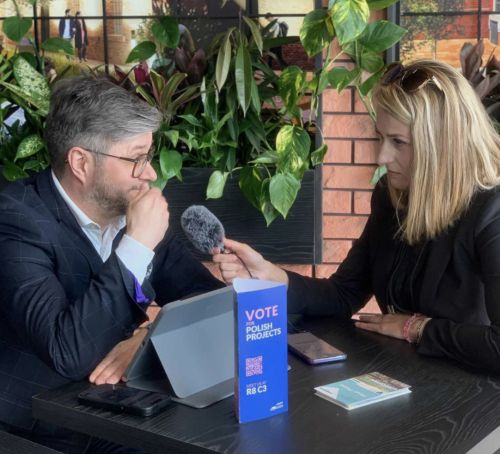








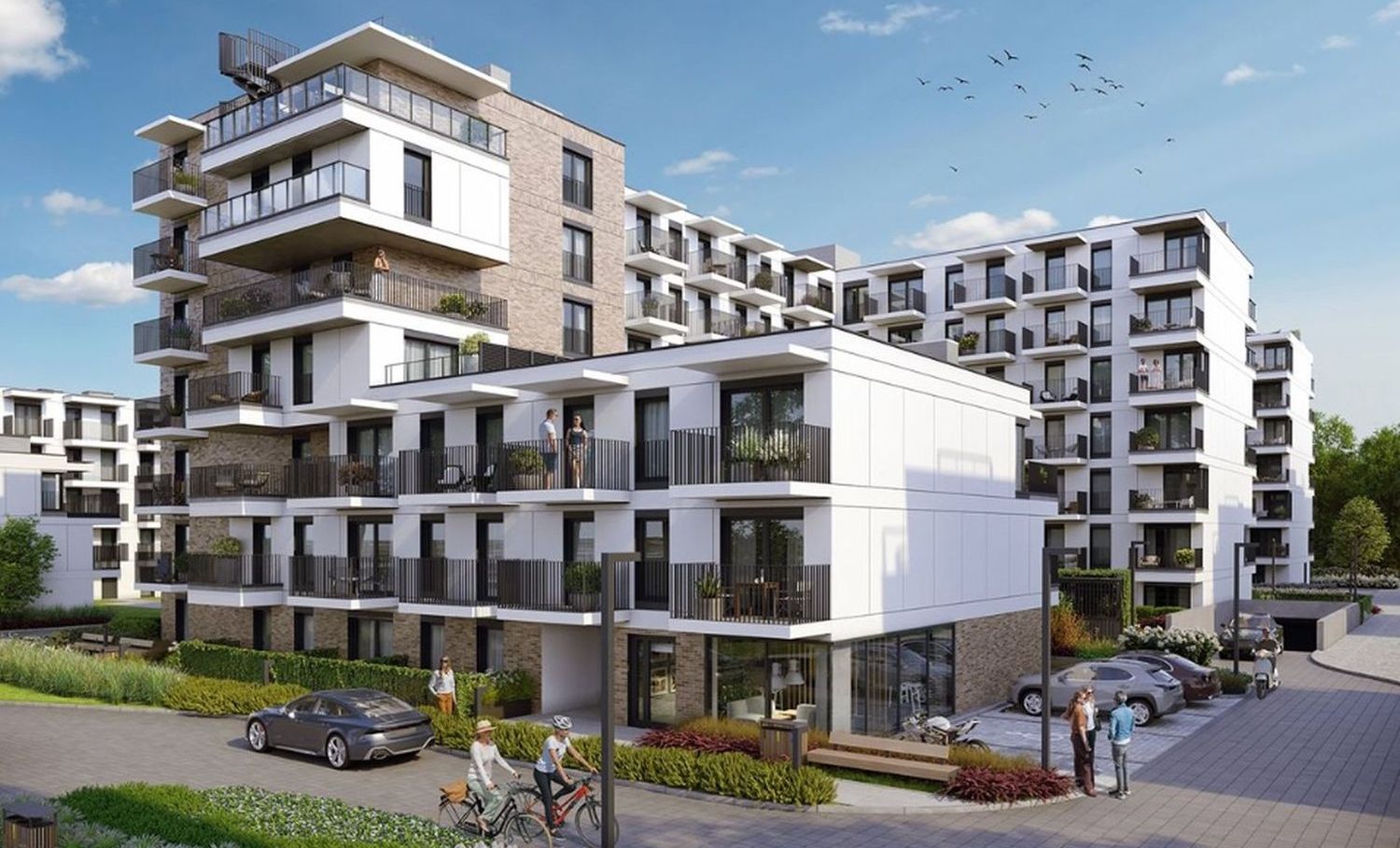

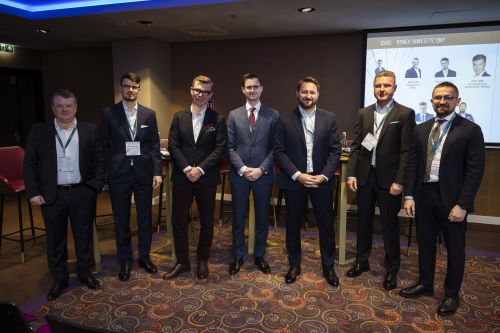




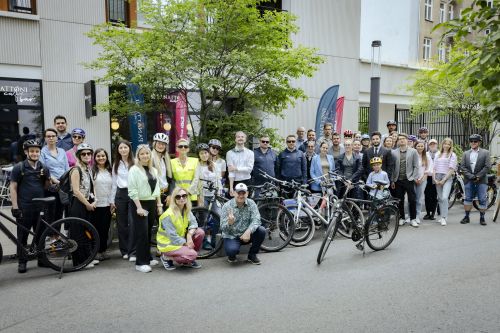





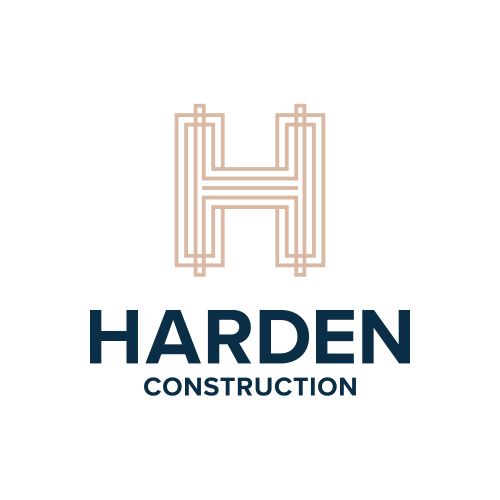








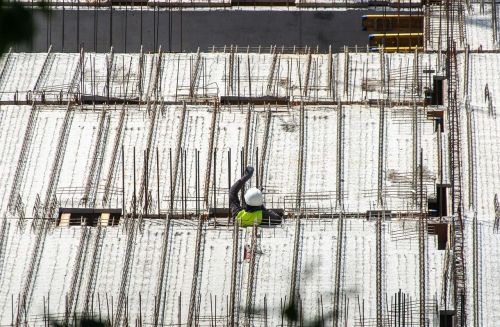


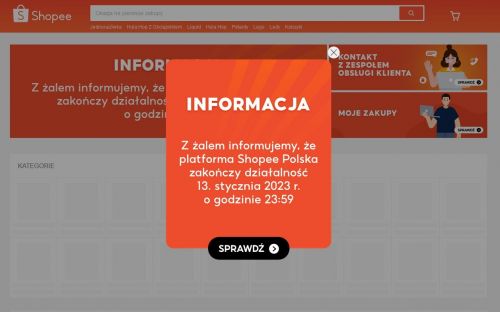





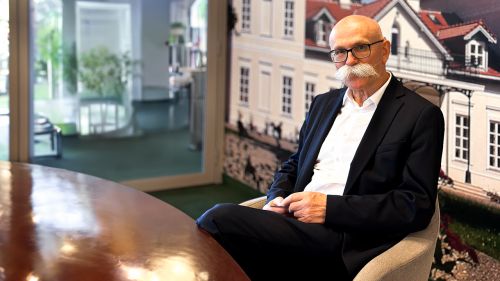

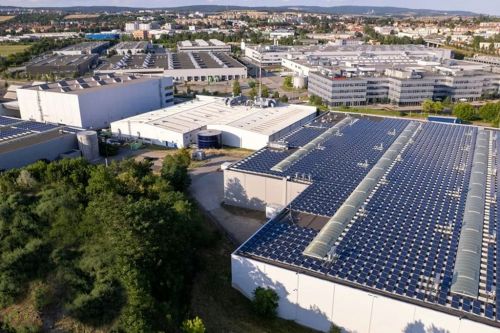
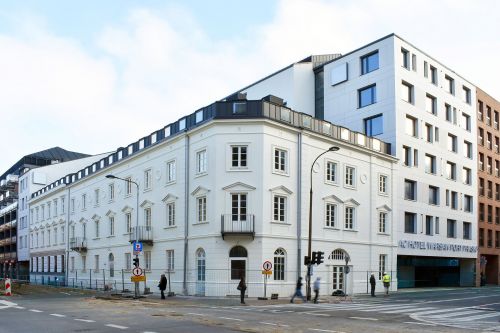

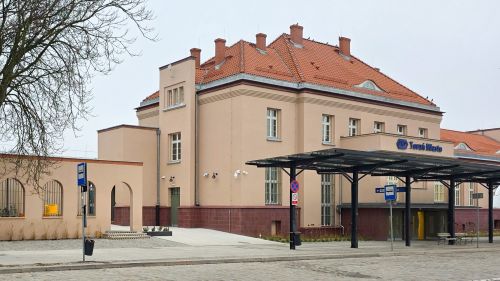
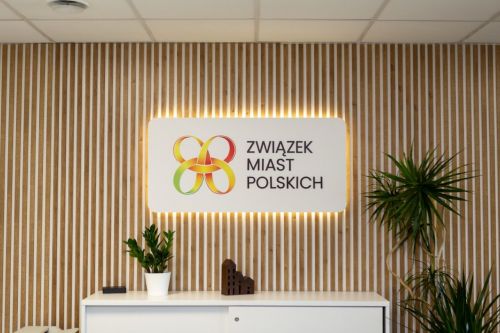
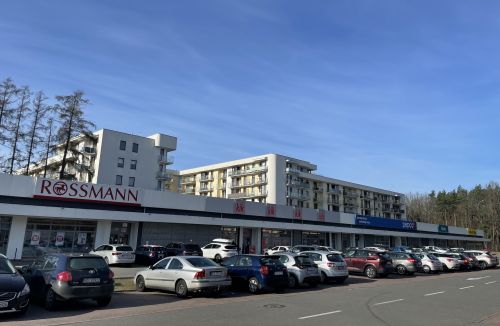
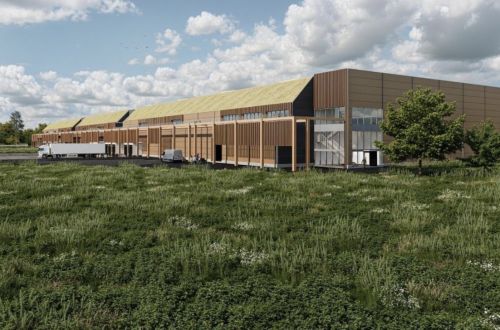

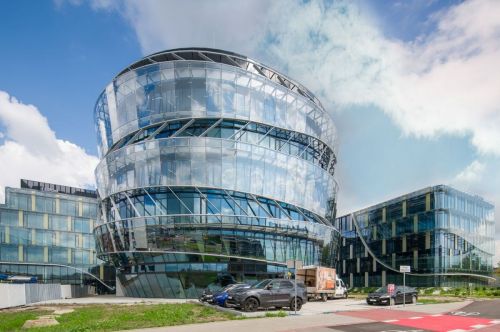
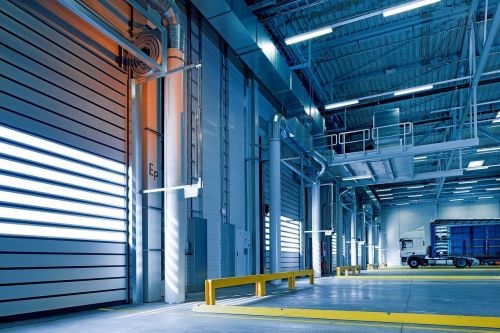
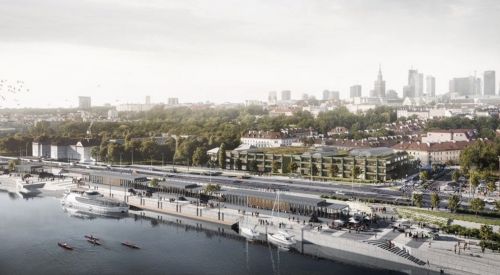

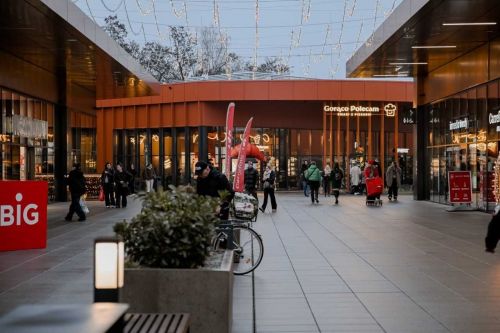

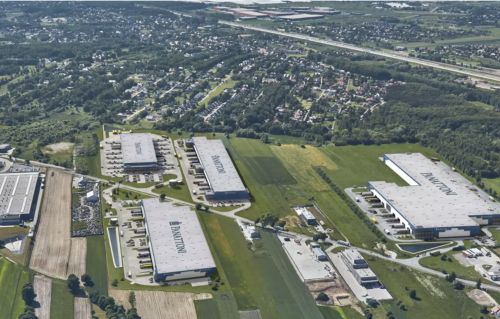



The quiet revolution in Małopolska
The quiet revolution in Małopolska
Developers across the region are increasingly favouring heat pumps and photovoltaic systems over traditional gas boilers in warehouse construction. This shift marks a growing commi ...
Axi Immo
Modular construction becomes more prominent
Modular construction becomes more prominent
After a temporary slowdown, the modular construction market in Poland continues to expand in 2025. Although the sector faces challenges such as high material costs and investment f ...
Spectis
EXPO REAL 2025: From survival mode to selective recovery
EXPO REAL 2025: From survival mode to selective recovery
This year’s EXPO REAL in Munich marked a noticeable shift in tone across industry conversations. Following a period of uncertainty and postponed investment decisions, the com ...
Axi Immo